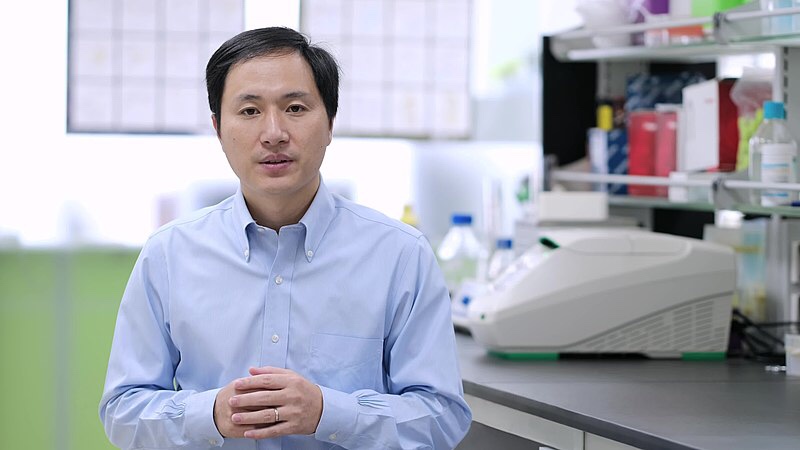
As discussed in my article “Genetic Engineering News: Super-Babies Are Here!”, He Jiankui, a biophysics researcher and associate professor at the Southern University of Science and Technology in Shanghai China, shocked the world when he announced that he genetically edited a pair of human embryos that had come to term.
While many may understand the ramifications of He Jiankui’s actions, I find that many do not understand exactly what he did.
So I will attempt to state, as plainly as I possibly can, exactly what He Jiankui did and how he did it.
But before that, allow me to introduce briefly the man behind all this world changing news.
Meet He Jiankui
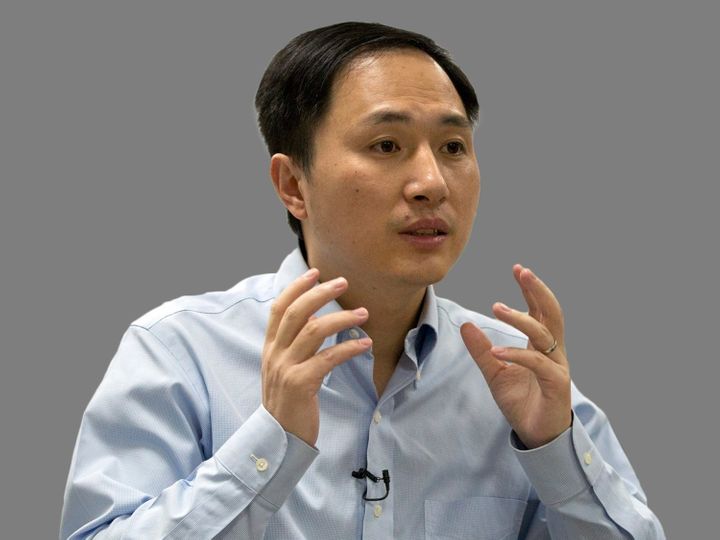
He Jiankui, the Chinese scientist who claims to have edited the genome of a human embryo which have come to term.
Meet Dr. He Jiankui. Born in Xinhua County, Loudi, Hunan, He Jiankui began his career by earning a Bachelor of Science degree at the University of Science and Technology of China. He then traveled to the United States where he earned his Ph.D. in Biophysics at Rice University under supervision of professor Michael W. Deem in 2007.
After a brief post doctoral fellowship at Stanford university, He Jiankui moved back to china and opened a lab at the Southern University of Science and Technology. While there, he received angel funding which he used to opened numerous startup companies. Some, worthy of note, include Direct Genomics, which develops single molecule sequence devices for clinical use, and Vienomics Biotech, a company that developed sequence devices specifically for detecting cancer.
Following his many successes in February of 2018, He Jiankui then took an unpaid leave of absence from the university to begin an unknown clinical experiment. This experiment will then go on to shock not only the scientific community, but the world.
He Jiankui’s Experiment
The experiments purpose was to reduce the unborn child’s susceptibility to the HIV, the virus that causes AIDS. To do that, He Jiankui began by recruiting individuals that wanted to conceive children.
The caveat, however is that the male participating in the experiment had to be HIV positive. He then took a sperm cell from said male and a egg from the female and performed in vitro fertilization on them, a procedure used to assist the conception of a child.
After the egg was fertilized He Jiankui then used CRISPR/Cas 9, a revolutionary gene editing tool, to mutate the gene CCR5 into CCR5 Delta 32.
Ok so what the heck does that mean?
To understand what this means you first have to understand what the gene CCR5 is and its function.
Also known as C-C motif chemokine receptor 5, CCR5 is a protein embedded in the cell membrane of a white blood cell that acts as a receptor for chemokines, small proteins involved in the process of cell signaling (perhaps cell signaling could later be its own blog post, who knows).
CCR5 Role in Aiding HIV Infection
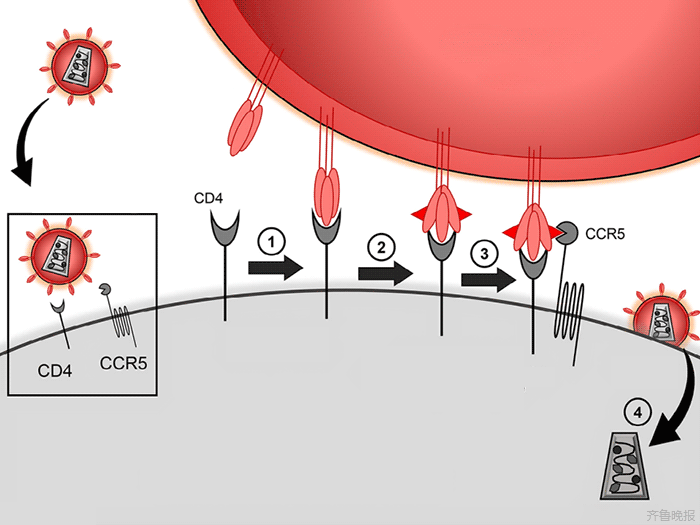
HIV typically enters the body and targets your white blood cells using the CCR5 receptor as, well as a receptor. By attaching itself to this receptor HIV is able to successfully bind to the target cell without shedding of the GP120 glyco-protein envelope (GP120 is the glycoprotein HIV uses to attach to your white blood cells).
CCR5 Delta 32 & HIV Resistance
Surprising to many people, a small part of the population (specifically 1% of the population) display an innate resistance to HIV. This resistance to HIV seems due to a mutation in the gene that codes for the CCR5 protein.
This mutation, named CCR5 delta 32, introduces a premature stop in the genetic code of the genes that code for the CCR5 protein. This premature stop causes the CCR5 receptor to become unreceptive thereby inhibiting GP120 and CCR5’s union.
Now You Get It
By artificially mutating the gene CCR5 into CCR5 delta 32 in the twins, Lulu and Nana, He Jiankui should theoretically have given the girls an heightened immunity of the strains of HIV that specifically uses the CCR5 protein as a receptor to infect your white blood cells.
The Outcome
Peer review is a natural part of the scientific process. Scientist submit their findings to scientific journals so that their work can be verified and reviewed objectively to verify accuracy. Unfortunately, He Jiankui’s work was never published in any scientific journal and other researchers have not been able to corroborate He’s claim. So there is no way to determine if what He Jiankui says is legitimate or fallacy.
It may be possible however to verify or disprove He’s claim because according to Chinese researchers, the DNA of the twins were sequenced before and after birth. If scientists can examine this DNA they may be able to confirm He’s claims.
Related Article: Genetic Engineering News: Super-babies are here
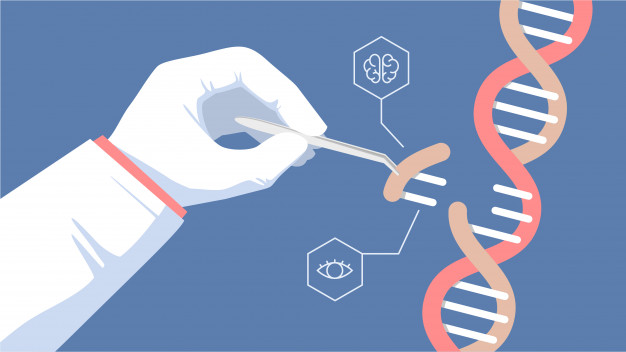

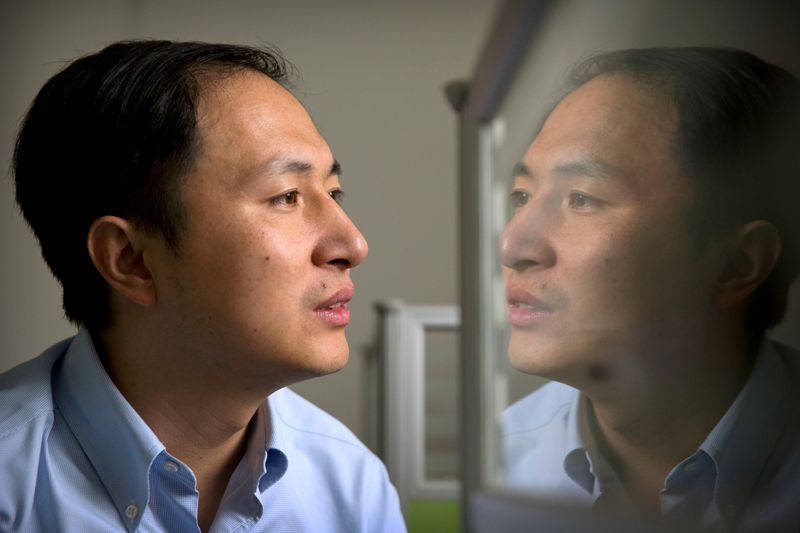




This was so interesting!
I’m glad you enjoyed it Rita! Check out the Denis Rebrikov article, he’s planning on doing something similar.
I obtained four degrees in eight years from New York University, including BS EE, MS EE, MS Math, PhD EE, where EE represents electronic engineering.
I received many funding supports. I wrote several books and have a plethora of research papers published in IEEE transactions. In 2017 I examined Albert Einstein’s general relative relativity; I developed several theorems to improve the relativity.
The way He Jiankui did was terrible. It’s a shame to all researchers. I am glad that he got the punishment. The penalty is too light. Most Chinese cannot perform research; they copy from journal papers without making any invention.
I was born in China and did not receive any education there. At age seven I escaped to Hong Kong. I received primary and high school in Hong Kong.
Too bad that China lost one of its best citizens. He builds his successful career in U.S. His impact in science is illustrated by the first paragraph.